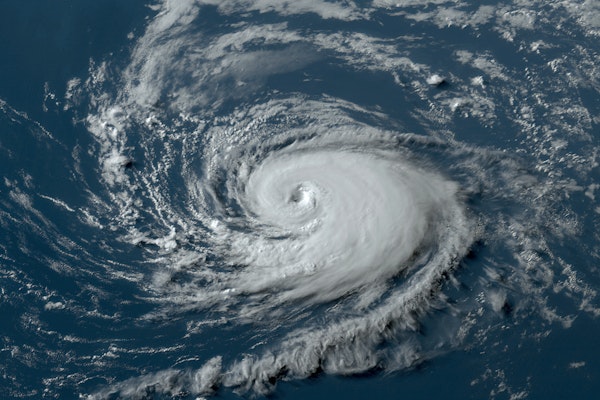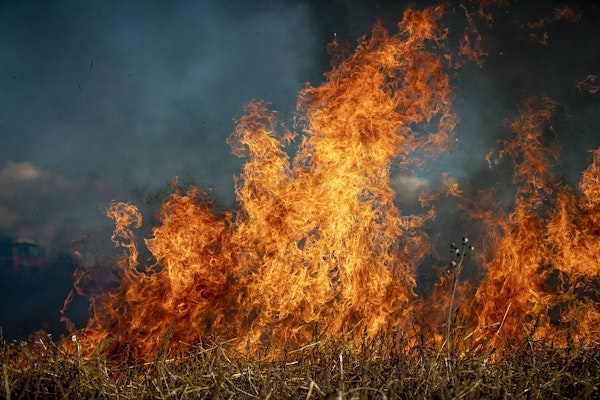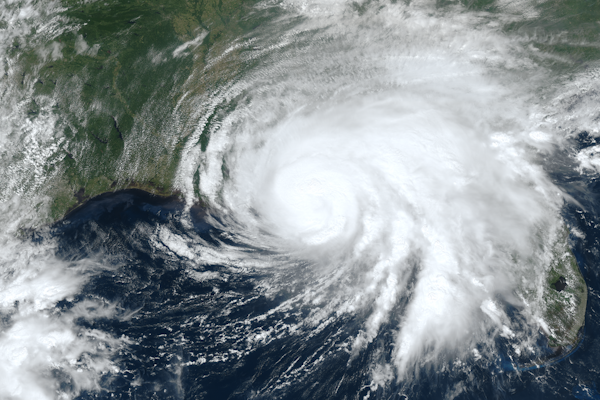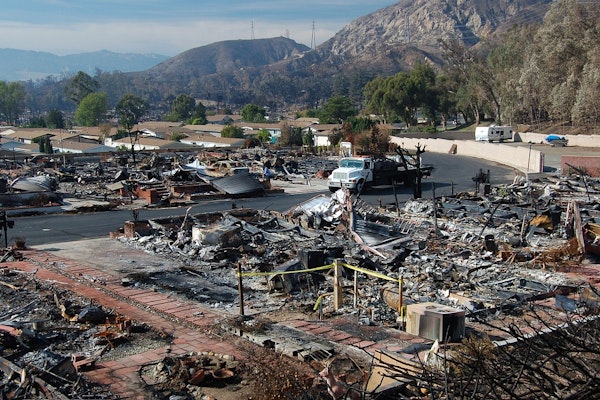
Millions of Homes Across the US Remain Uninsured Despite Growing Disaster Risks
A LendingTree study reveals that over 11 million U.S. homes lack insurance coverage, with the highest rates in disaster-prone states and metros, leaving homeowners financially exposed.
March 24
Catastrophe
Insurance Industry
Property
Risk Management

How Lithium-Ion Batteries Amplify Risk During Natural Disasters
Lithium-ion batteries pose increasing fire and environmental risks during natural disasters, prompting insurers, governments, and consumers to rethink safety and response strategies.
March 24
Catastrophe
Property
Risk Management
Technology
California
Florida

Construction Industry Faces Rising Insurance Risks Amid Data Center Boom and Labor Shortages
Global demand for data centers is driving construction growth, but rising costs, labor shortages, and climate risks are reshaping insurance pricing and underwriting strategies.
March 24
Catastrophe
Property
Risk Management
Technology
California

Kentucky Grants Temporary Registration for Unlicensed Adjusters After Severe Storms
Following tornadoes and severe storms on March 15, Kentucky is allowing unlicensed emergency adjusters to temporarily register and operate in three affected counties.
March 20
Catastrophe
Insurance Industry
Legislation & Regulation
Property
Kentucky

Tornado Strikes Florida TV Station During Live Broadcast
A tornado touched down near Orlando, Florida, striking a TV station during a live weather broadcast. Meteorologist Brooks Garner stayed on air as the storm passed over the studio.
March 11
Catastrophe
Insurance Industry
Property
Risk Management
Florida

Maryland Wildfires Decline in 2024, Falling Below Recent Averages
Maryland saw 165 wildfires in 2024, burning 953.4 acres. Arson was the leading cause, while the Eastern region had the most fires and acres burned. Learn more about key trends.
March 7
Catastrophe
Legislation & Regulation
Property
Risk Management
Maryland

Key Barriers to Closing the Insurance Protection Gap Identified in Industry Poll
A recent poll highlights the biggest obstacles to addressing the global insurance protection gap, with conflicting priorities, data gaps, and regulatory issues emerging as major challenges.
March 7
Catastrophe
Insurance Industry
Legislation & Regulation
Risk Management
California

Insurers Pay Nearly $7 Billion for Los Angeles County Wildfire Claims
Over 33,000 insurance claims have been filed following the Los Angeles County wildfires, with insurers paying $6.9 billion to date. California’s insurance commissioner has issued orders to expedite claim payments and prevent policy cancellations.
March 7
Catastrophe
Legislation & Regulation
Property
Risk Management
California

Insurance Industry Grapples with Escalating Natural Disaster Risks
As extreme weather events grow in frequency and severity, insurers must adapt through innovation, risk modeling, and new risk transfer strategies to remain viable.
March 5
Catastrophe
Legislation & Regulation
Property
Risk Management
California

AI Analysis Reveals $2.15 Trillion in US Property at Risk from Wildfires
A new AI-driven study by ZestyAI finds that $2.15 trillion worth of U.S. residential property is at high risk of wildfire damage, affecting millions of homes beyond historically fire-prone regions.
February 27
Catastrophe
Insurance Industry
Property
Underwriting
California
Colorado
Kentucky
North Carolina
South Dakota

How AI and IoT Are Transforming Risk Management
AI, IoT, and blockchain are revolutionizing risk management by enabling insurers to predict and prevent losses, reducing costs and improving safety through real-time data analysis.
February 26
Catastrophe
Insurance Industry
Risk Management
Technology

Heavy Snowfall Causes Roof Collapses Across Central New York
Oswego County officials report at least 26 roof collapses following record snowfall, prompting emergency measures and rescue efforts as structural risks continue to rise.
February 24
Catastrophe
Insurance Industry
Property
Risk Management
New York

Rising Insurance Costs and Severe Thunderstorms: How Convective Storms Are Reshaping Risk
Severe convective storms are a major driver of rising insurance costs, with hail, tornadoes, and strong winds causing billions in property damage. Understanding storm patterns can help insurers manage risk effectively.
February 24
Catastrophe
Insurance Industry
Property
Risk Management
Alabama
Florida
Georgia
Illinois
Indiana

Florida’s Insurance Market Shows Signs of Recovery, but Reinsurance Challenges Persist
Florida’s insurance market is stabilizing, with reinsurance supply outpacing demand for the first time in years. However, challenges remain, particularly in the lower layers of reinsurance coverage, where costs continue to rise.
February 17
Catastrophe
Legislation & Regulation
Property
Florida

Shielding Your Home from Hail Damage: Essential Steps for Protection
Hailstorms can cause severe property damage, but proactive steps like impact-resistant roofing, storm shutters, and tree maintenance can help reduce risk and protect your home.
February 14
Catastrophe
Insurance Industry
Property
Risk Management





